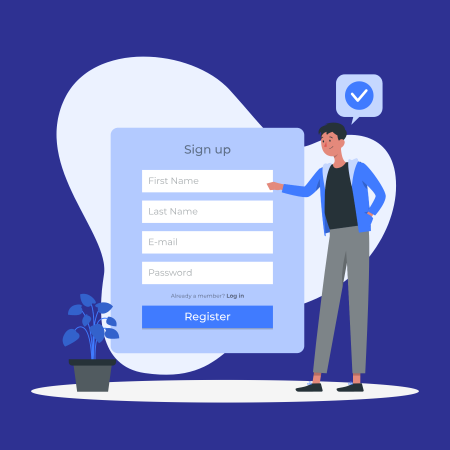
Few patient engagement functions are as critical to patient care, billing, and maintaining a care plan as patient intake. Accurate medical and family histories, medications, and payer information is critical for forming a complete picture of a patient's health and risk factors and, as a result, determining the best way to monitor and treat patients, as well as how to get paid for providing their care. The patient journey is rapidly changing. Traditional registration processes based on paper forms, clipboards, and data entry cannot keep up with an increasingly digital patient journey. COVID-19 has accelerated Telehealth adoption for providers and patients across the country, but patients will soon be able to see their providers in person again, and while Telehealth will undoubtedly continue, a post-pandemic normal will likely reflect a more balanced mix of Telehealth and in-office patient visits.
3 Reasons Why Your Practice Needs Digital Patient Check-In
- It contributes to the health A/R cycle. Capturing accurate patient information, including payer information, prior to the patient appointment allows medical staff to verify coverage and assist patients in understanding their financial responsibility prior to their appointments. It also allows medical staff to anticipate copays and deductibles, which they can collect at the time of service.
- It improves the financial experience of the patient. Patients don't like surprises, especially financial ones. Prior to the appointment, discussing their financial responsibilities with them can help reduce any anxiety they may be feeling about receiving care. It also reduces wait times by removing the paperwork that is traditionally done at check-in. Finally, cutting time from the schedule improves the flow of patients through the clinic, allowing providers to spend more time with their patients. It allows providers to easily access patient information without having to wait for data entry. The reduction in data entry allows medical office personnel to focus on higher-impact roles and patients who require assistance in the office.
- It aids in infection control and reduces the risk of patient and staff exposure. When patients complete digital intake forms on their own devices, they avoid the risk of spreading germs and viruses by sharing clipboards, pens, paper, kiosks, or other surfaces and devices. Virtual waiting rooms, in which patients check-in for appointments from their mobile devices and remain in their vehicles until a provider is ready for them, allow patients to avoid the traditional waiting room entirely, lowering their risk of exposure even further.
How to add digital check-in to your practice?
Find the ideal partner. There are numerous options in the market; look for one that provides the features your practice requires, the flexibility to mimic your current workflows, and will be there to support you in the long run.
Bring the entire team on board. We're talking about doctors, nurse practitioners, and medical office personnel. Having buy-in from the entire team means that everyone works better together toward a common goal and understands what success looks like once the implementation is complete.
Make a timetable and try to stick to it as much as possible. Hiccups will occur, testing will take time, and distractions may appear unexpectedly. Nonetheless, sticking to your project timeline as much as possible keeps momentum going and the designated resources focused on completing the project.
Conclusion
Digital patient check-in can not only support the Telehealth processes that many have implemented in response to COVID-19, but it can also help safely usher patients back into the office as states reopen and the threat fades. Long before COVID-19 took the country by storm, digital intake was on track to replace traditional processes, but it has only become more foundational as we adapt to the new patient journey post-COVID-19.
